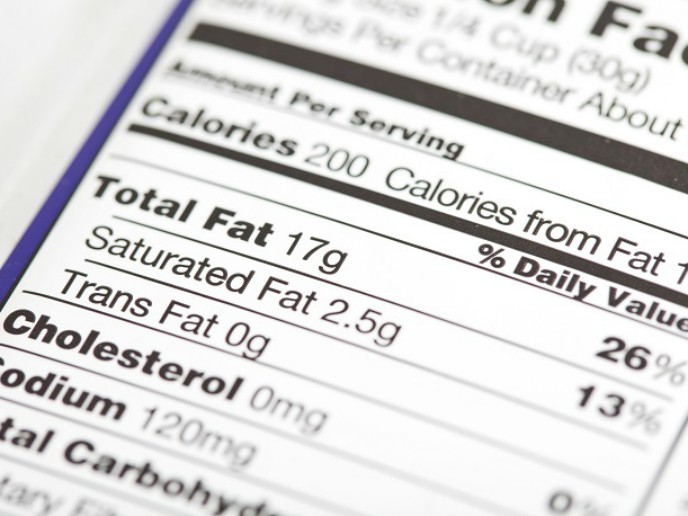Novel approach helps companies prepare EU-compliant food labels
Many food businesses are aware of their obligation to provide information for consumers (nutrition labelling) on pre-packaged products. However, SMEs producing fewer than 1 000 units yearly are less aware of the regulation. In addition, a small number of food businesses, especially SMEs, are in a position to chemically analyse all products for nutritional content because it’s expensive, and low sample numbers or changes in formulation and production errors can render results unusable. Roadblocks to mandatory nutrition labelling for businesses The majority of food manufacturers calculate nutrient content, based on ingredients, using a variety of information sources. This calculation isn’t straightforward. Currently, manufacturers apply different formulae for calculations, using a variety of food composition data and conversion factors, and different software and publication formats. Results are very inconsistent and could potentially mislead consumers, leaving companies vulnerable to prosecution under the EU legislation. To address these issues, the EU-funded NASCENT project sought to develop and extend nutrition labelling software (NLS) and services for food manufacturers, including SMEs. “Based on information from Ireland and the United Kingdom, SMEs have on average 10 products that require labelling, meaning the potential market across the EU and associated countries is significant,” says project coordinator Paul Finglas. “However, extending the existing successful business model to such countries depends on human capacity to harmonise approaches and enhance software tools, as well as to identify the requirements and networks for development and exploitation.” Software tool calculates nutrition content NASCENT examined the potential for extending an internet-based nutrition information service to Belgium, Switzerland, the Czech Republic, Germany, Italy, and the Netherlands. This service would offer accreditation for NLS more widely and bespoke support for SME food businesses. It goes beyond many of the automated services available today that lack transparency and authority. The project also explored the potential of developing an NLS certification scheme, based on project leader EuroFIR AISBL and other European standards for food information. Lastly, the project team created content materials for online NLS training modules and self-assessment. The goal is to support users from different market sectors, including SME food business operators (FBOs) and hotel, restaurant and catering industries, although labelling isn’t mandatory in this sector yet. NASCENT offers several benefits to end users with limited resources and technical know-how, and for which the demands of complying with changing legislation could be a critical moment in their continued success. “For FBOs, calculating nutrition content values for labelling will be made easier and more certain both in terms of when it’s appropriate to calculate values and when it’s not, and whether the numbers are correct,” explains Finglas. “They are legally responsible for the information on labels, regardless of whether they calculated them or even understand what they mean.” “Software providers will ensure that their product does what they claim using gold standard approaches,” he adds. “It would provide both these sectors – technology and manufacturing – with appropriate tailored training.” Finglas concludes: “Consumers will have at their disposal accurate information on food labels, enabling them to make informed choices about what they eat.”
Keywords
NASCENT, food, labelling, food labels, nutrition labelling, nutrition content, nutrition information



